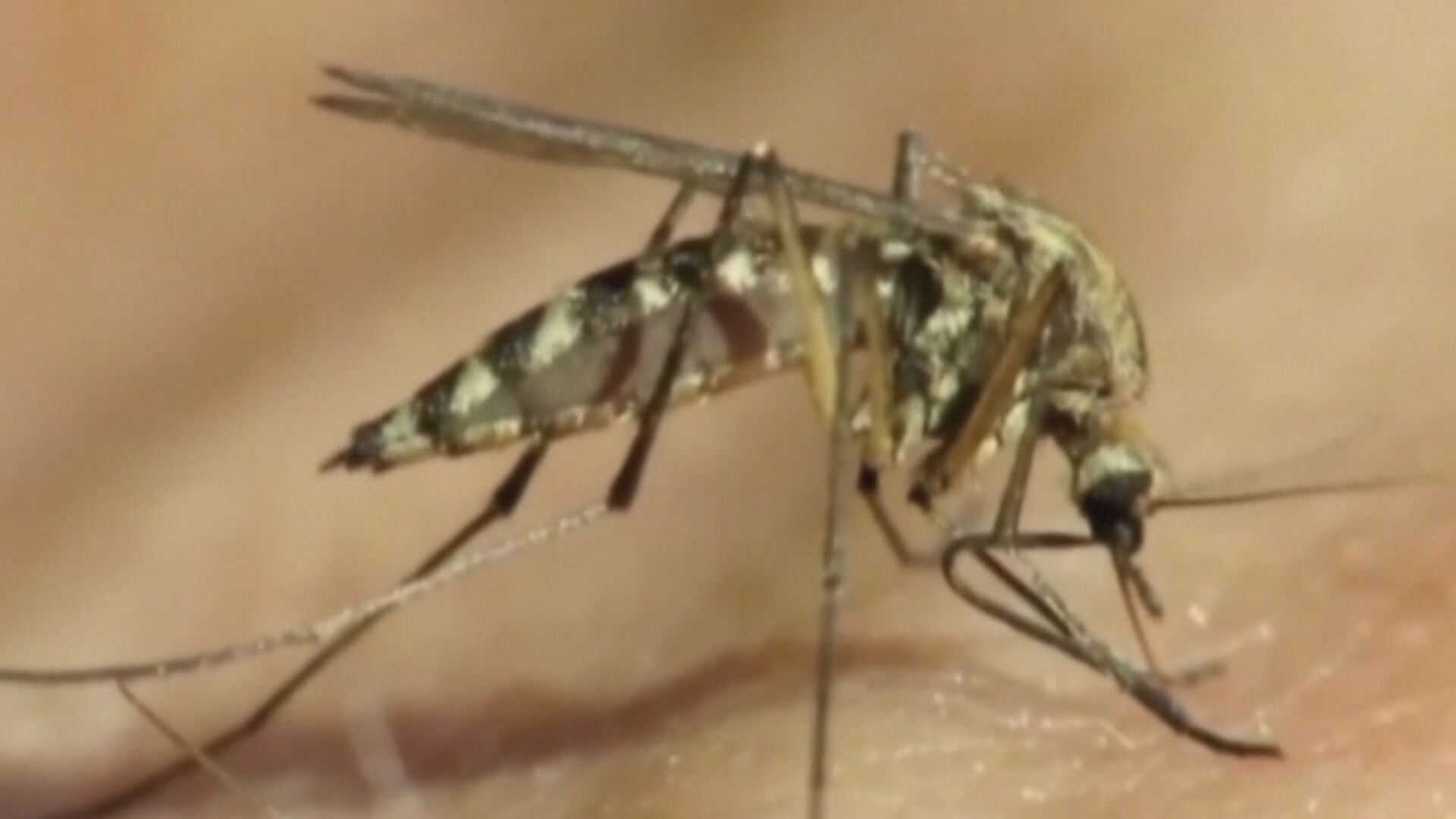GREENSBORO, N.C. — Insect repellent is a great way to battle against buzzing mosquitoes in your face, itchy bites, and creepy ticks. But not all bug sprays are effective, which is why Consumer Reports put 53 repellents to the test to find out the best ones for you.
How does sticking your arm in a cage filled with hundreds of hungry mosquitoes sound? That’s exactly what Consumer Reports has brave volunteers do. A standard dose of repellent is applied to the test subjects’ arms.
After 30 minutes, they stick their arms into cages of 200 disease-free mosquitoes for 5 minutes and testers count every time a mosquito lands on their arm or bites. The process is then repeated until the repellent fails or until 8 hours have passed.
"A repellent fails CR’s test if a mosquito bites twice in one 5-minute session. Or if there’s one bite in each of two consecutive 5-minute sessions. And while the mosquitoes in these tests are disease-free, the ones you’ll encounter might not be," said Catherine Roberts of Consumer Reports.
Mosquitoes and ticks can spread serious bug-borne diseases like Lyme disease and West Nile virus, and using an effective insect repellent is one really good way of reducing your risk of contracting those diseases. The key word there is “effective.” CR’s tests found that many of the most effective repellents in fighting against mosquitoes and ticks contained 25 to 30 percent deet as its active ingredient.
The two repellents CR recommends are 3M Ultrathon Insect Repellent8, and Ben’s Tick and Insect Repellent Wilderness Formula Pump. Both excelled in protection.
Properly applying the repellent is just as important as the kind you use. Follow the directions on the label, and use a thin coat on all exposed skin. You can also spray on top of your clothes but don’t apply it under your clothing.
If you’re wary of deet, CR’s tests found some repellents that contain 20 percent picaridin or 30 percent oil of lemon eucalyptus were effective as well.

